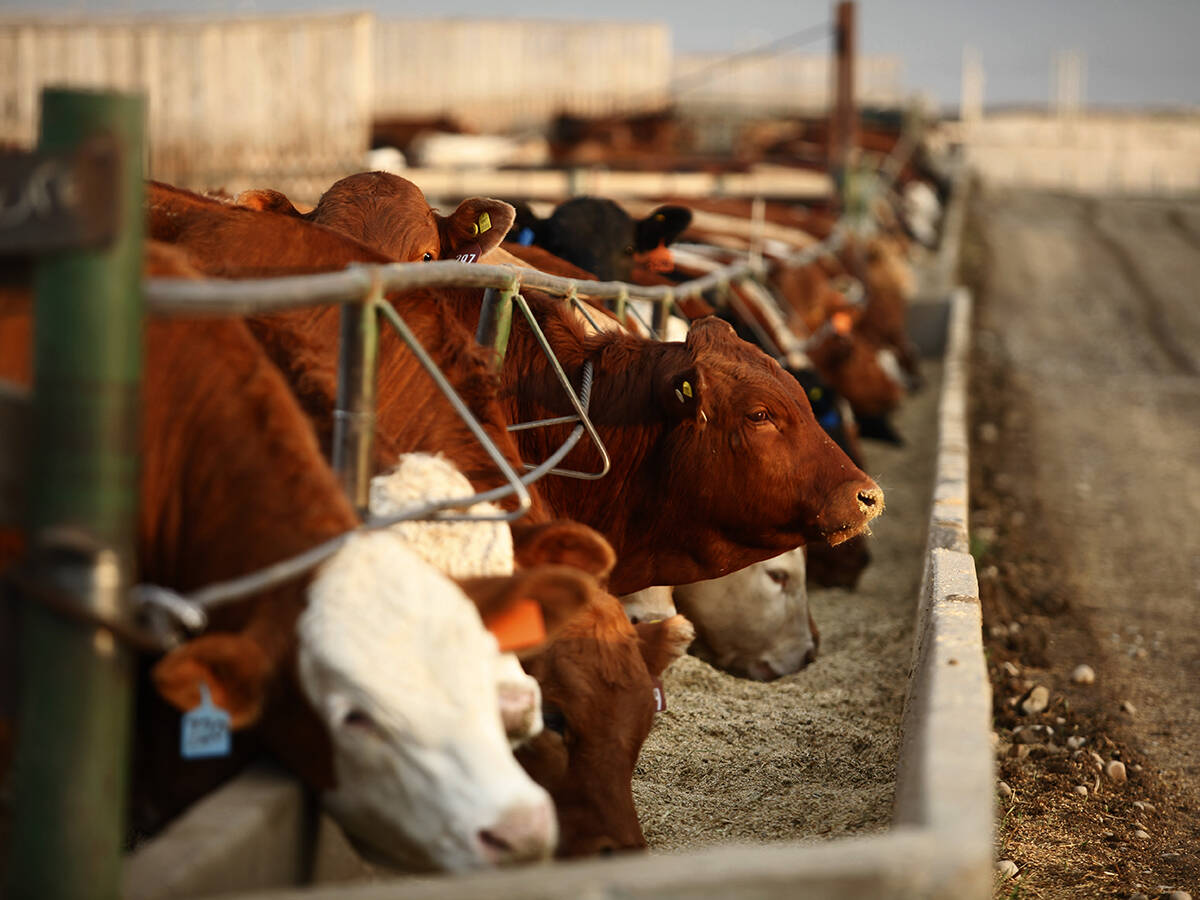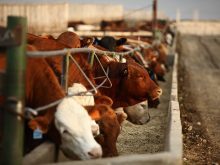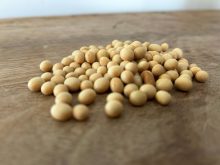Statistics Canada’s first look at what farmers in Canada plan on seeding in the spring of 2013 yielded few surprises, despite the acreage projection for canola being smaller than anticipated and the all-wheat estimate coming in larger than expected.
“The numbers will provide a good starting point to work with on paper, but weather, prices and other agronomic factors will likely result in some changes to the planting intentions,” said Ken Ball, a broker with PI Financial in Winnipeg.
It’s important, he said, to realize the numbers released Wednesday were a reflection of what farmers were thinking back in February or early March, considering the survey was taken at the end of March and beginning of April.
Read Also

U.S. livestock: Cattle extend gains on improving cash prices, packer demand
Reuters — Chicago Mercantile Exchange live cattle futures set a three-week high and feeder cattle hit their highest level in…
Jerry Klassen, manager of GAP SA Grains and Produits, agreed the seeding intention projections from Statistics Canada will likely see some changes in future updates — but still provide a base with which individuals can begin to work.
“These are likely going to be the highest all-wheat estimates and the lowest canola projections we see this year,” said Mike Jubinville, an analyst with ProFarmer Canada in Winnipeg.
Farmers had looked at planting spring wheat based on the need to switch canola out of their crop rotation due to increasing disease issues, he said.
“Farmers were also looking at the fact that old-crop spring wheat values were in the $8-$9 per bushel range, which is an awfully attractive value,” Jubinville said.
Some of the attraction of Canadian farmers moving to wheat reflected the fact that they were now feeling confident about the new marketing environment, Klassen added.
All-wheat area in Canada was pegged by Statistics Canada at 26.719 million acres. Pre-report ideas had suggested the government agency would put all-wheat area in a range of 23.325 million to 25.325 million acres. In the spring of 2012, 23.798 million acres were planted to all wheat in Canada.
Canola area in 2013 was estimated at 19.133 million acres, which was below pre-report ideas of 20 million to 21.251 million acres and compares with the 21.531 million seeded in 2012.
The area seeded to all wheat included a lot of durum, Jubinville said. “Given today’s weather environment, those intentions are likely to decline, as durum is a long-season crop.”
StatsCan pegged durum area in Canada at 5.105 million acres. This compares with pre-report estimates of 4.1 million to 5.1 million acres and the 2012 level of 4.68 million.
Some of the area that had been intended to go into all wheat in the report will likely be shifted to canola and possibly barley, especially if seeding delays in Western Canada continue.
The strong financial returns of canola and the short-season capacity of barley were linked to the ideas of farmers bypassing wheat, he said.
The lower-than-anticipated barley acreage forecast in the report came amid ideas that farmers are losing interest in growing feed barley and that maltsters have not been aggressive enough and willing to pay for malting quality barley.
“Feed users are now looking at importing cheaper DDGs (dried distillers grains) from the U.S. than paying up for feed barley, particularly in southern Alberta,” Klassen said.
Jubinville said malting companies don’t seem to be in any kind of hurry to secure high quality barley from farmers, resulting in alternative crops being planted.
StatsCan estimated 2013 barley area in Canada at 7.24 million acres. Pre-report ideas ranged from 7.5 million to eight million acres. In 2012, seeded area to barley in Canada totalled 7.405 million acres.
Wednesday’s most surprising acreage estimate was the figure StatsCan provided for summerfallow, a meagre 3.527 million acres. Most pre-report projections had anticipated 4.399 million to as high as six million acres. In 2012, 4.485 million acres of cropland in Canada were left unseeded.
— Dwayne Klassen writes for Commodity News Service Canada, a Winnipeg company specializing in grain and commodity market reporting.
Table: Recap of Statistics Canada’s acreage report for the period ended April 3, 2013, plus pre-report expectations for comparison purposes, in millions of acres.
| StatsCan, | Pre-report | Actual, | |
| April 2013 | estimates | 2012 | |
| Barley | 7.240 | 7.500 – 8.000 | 7.405 |
| Canola | 19.133 | 20.000 – 21.251 | 21.531 |
| Flaxseed | 1.240 | 0.915 – 1.300 | 0.980 |
| Oats | 3.379 | 2.595 – 3.300 | 2.854 |
| Peas | 3.430 | 3.200 – 3.500 | 3.340 |
| All wheat | 26.719 | 23.325 – 25.325 | 23.798 |
| Durum | 5.105 | 4.100 – 5.100 | 4.680 |














